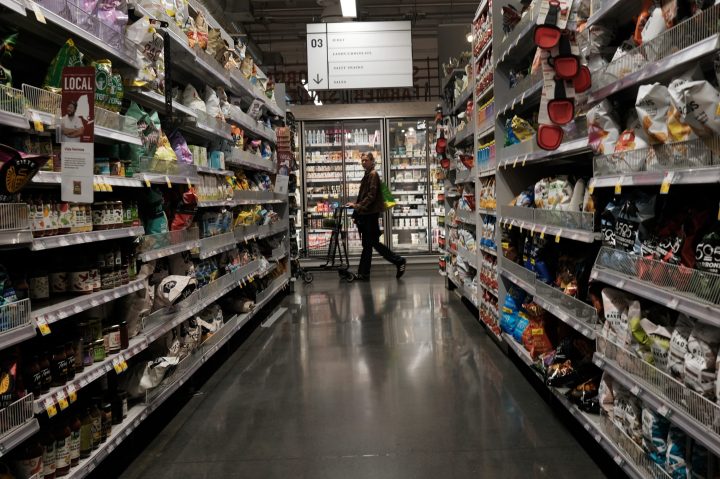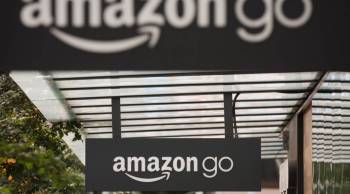
Could food delivery apps help close the “grocery gap”?

According to the U.S. Department of Agriculture, 44.3 million Americans live in neighborhoods without convenient access to a brick-and-mortar grocery store with fresh food. New research from the Brookings Institution suggests that online grocery delivery could be part of the solution.
Spending on online grocery delivery has quadrupled since 2019. Companies like Instacart are just about everywhere.
Adie Tomer with Brookings said that 90% of Americans living in places without reliable access to fresh food have at least one online grocery option.
“Critically we did not find barriers based on income or race for the delivery map,” he said, adding that the growth of online delivery could ease the so-called “grocery gap”.
But there are hurdles. Just because Amazon Fresh delivers to a low-income urban or rural neighborhood, it doesn’t mean the residents can get online to order it.
“In some cases, even lower than 60% or 50% of the population may have an in-home broadband subscription,” Tomer said.
Caroline Harries with The Food Trust said while online delivery will help, it’s not a silver bullet.
“Grocery stores and farmers markets and healthy corner stores also bring important economic development benefits, like jobs,” she said.
They don’t charge delivery fees, either.
There’s a lot happening in the world. Through it all, Marketplace is here for you.
You rely on Marketplace to break down the world’s events and tell you how it affects you in a fact-based, approachable way. We rely on your financial support to keep making that possible.
Your donation today powers the independent journalism that you rely on. For just $5/month, you can help sustain Marketplace so we can keep reporting on the things that matter to you.

















